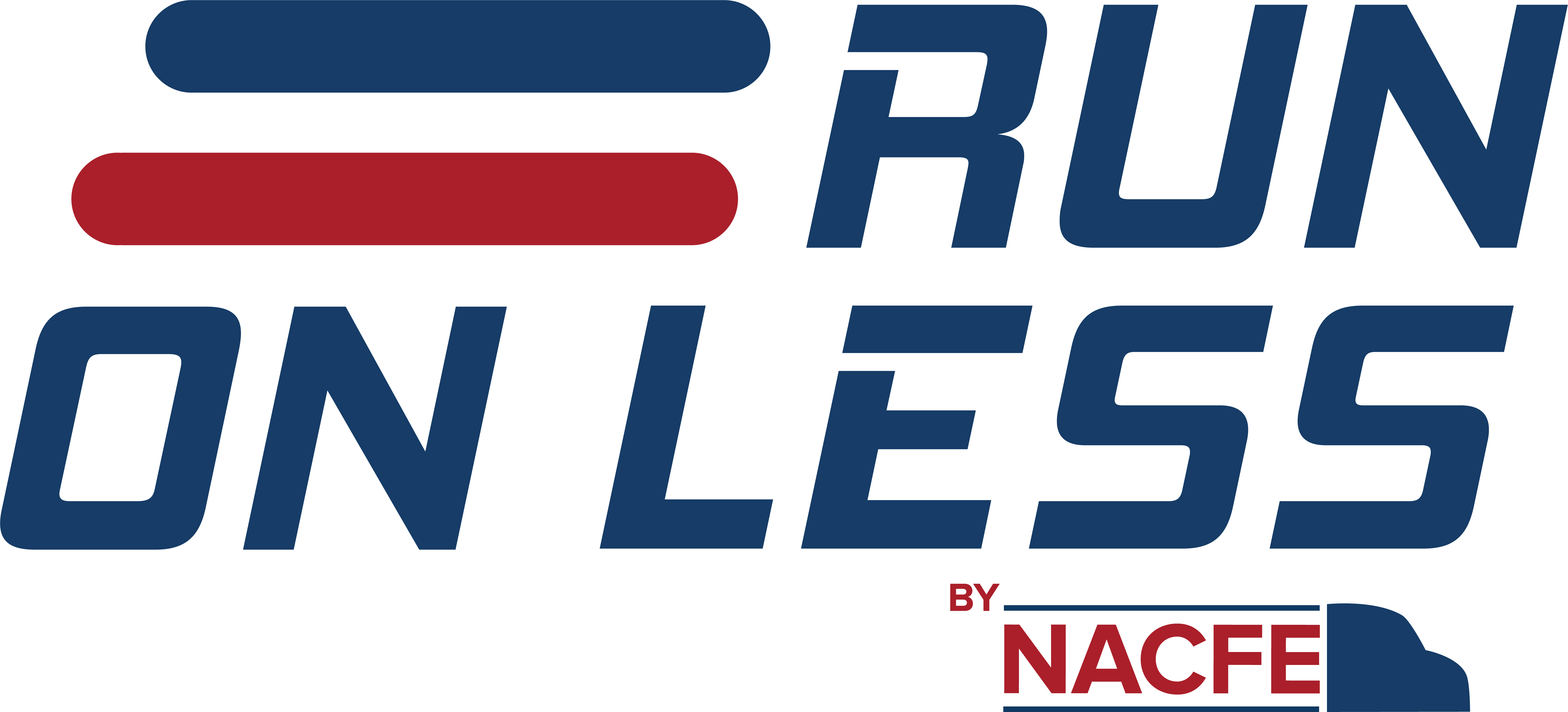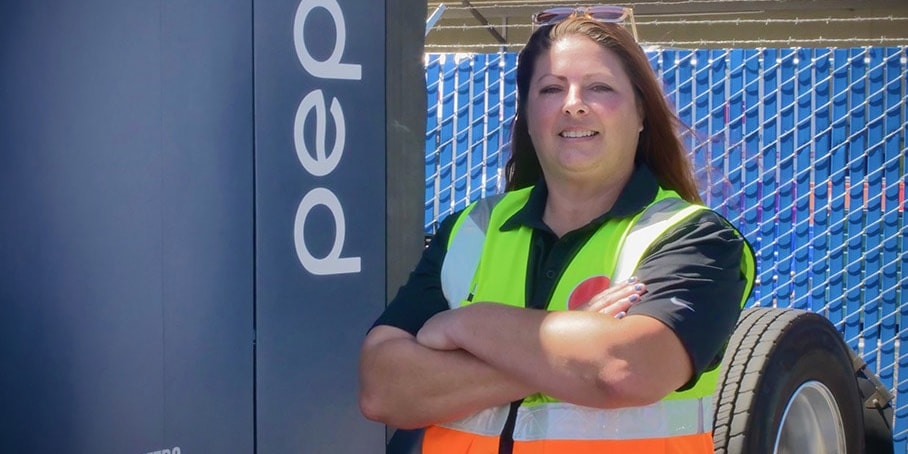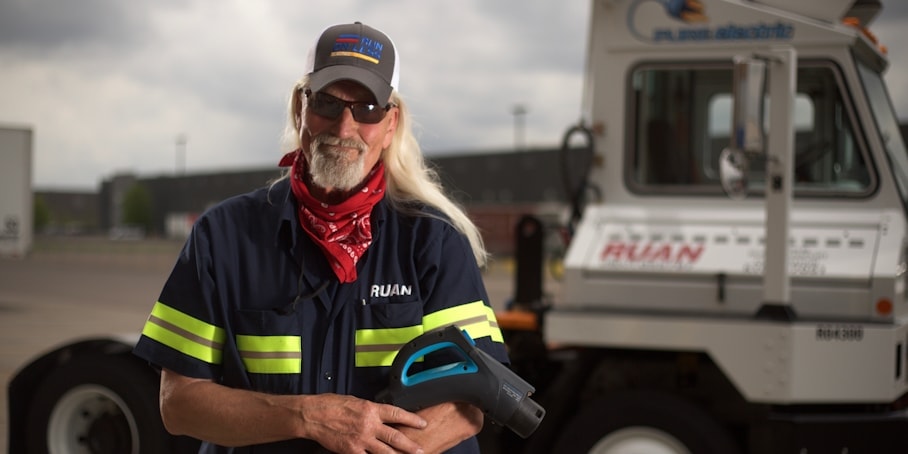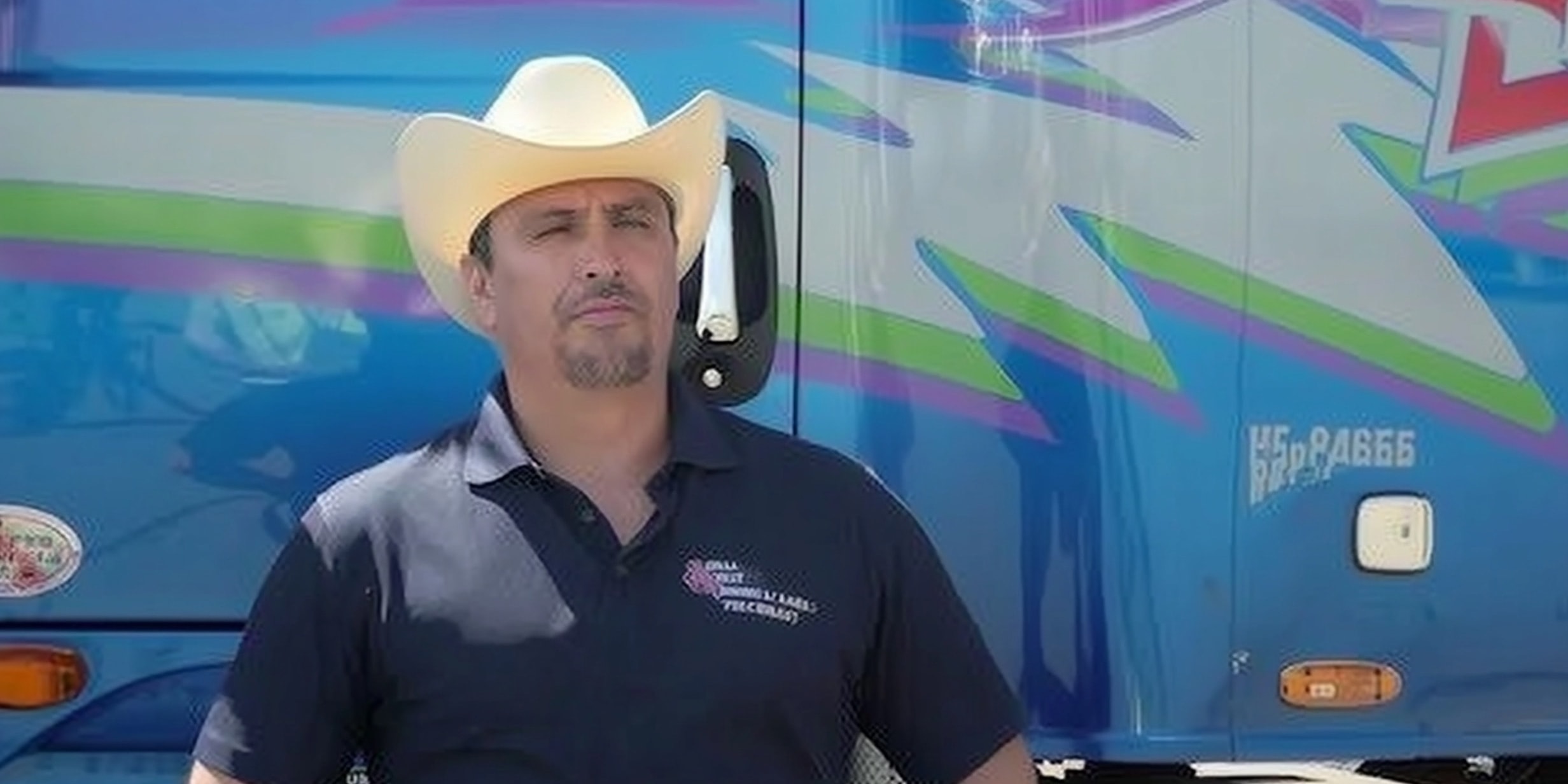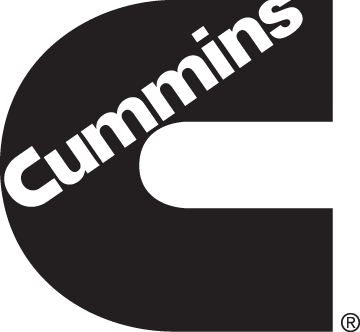NACFE Releases Run On Less Regional Report
Fort Wayne, IN — June 16, 2020 — The North American Council for Freight Efficiency (NACFE) released its in-depth report on Run on Less Regional, a fuel-economy demonstration that showed how Class 8 tractors — both diesel and CNG — and trailers can use a variety of technologies to achieve the best fuel economy possible in a variety of regional haul applications. Also included are reports on how these duty cycles would work in battery electric truck and hydrogen fuel cell trucks.
“These are truly exciting times and NACFE again helps make it clear how much improvement is possible regarding fuel economy and provides a pragmatic look at the future of moving good. Within this report, readers will learn how to play a bigger role in transforming trucking. We are challenging all manufacturers to join us in accelerating the work on reducing fuel use for current tractors and taking advantage of emerging zero-emission solutions, as we are doing within the Volvo LIGHTS project and our all-electric VNR model.”
– Magnus Koeck, vice president of marketing and brand management, Volvo Trucks North America
After careful analysis of key data from the three-week event, the NACFE team reached the following conclusions:
- High efficiency requires a commitment from both fleet leadership and drivers. The 10 fleets in Run on Less Regional averaged 8.3 MPG with the nine diesels at 8.7 MPG.
- Big data and connectivity can be used to further optimize tractor operations for each route. Many technologies exist to improve the efficiency for these regional routes. Understanding each in-depth will help in making choices to save fuel, money, and emissions.
- Fleet managers must understand and act on the variety in duty cycles so they can specify vehicles properly and coach drivers in efficient driving techniques. NACFE suggests seven duty cycles for regional haul: shuttle, dedicated, dedicated fast turn, hub and spoke, city, diminishing load and milk runs.
- The expansion of regional haul will help attract and retain drivers as drivers get home on a more regular basis. More regional haul opens many more potential people to truck driving jobs.
- Because of its return-to-base operation, regional haul is ideal for alternative-fuel vehicles, especially battery electric trucks. Infrastructure to charge electric or alternative fuel trucks is a critical barrier to deployment. Having confidence in the location of the infrastructure to support these vehicles is important to deciding to move forward with electric trucks.
“These results help illustrate what is possible today and in the future to dramatically improve efficiency. This report allows us to learn from valuable data collected from the Run and apply it toward a future of zero-emission freight movement.”
— Oliver Bishop, General Manager, Shell Hydrogen
The 10 trucks from participating fleets — C&S Wholesale Grocers, Hirschbach, Hogan Transportation, J.B. Hunt, Meijer, PepsiCo, Ploger Transportation, Schneider, Southeastern Freight Lines, and UPS. — drove 58,000 miles, recorded 237 deliveries while achieving a cumulative 8.3 MPG. This is a 38% improvement over the average Class 8 regional haul operations, which NACFE estimates to be 6.0 MPG.
If all regional haul fleets were to operate at this fuel-efficiency, the industry would save more than $9 billion in fuel over the course of a year and 30.6 tons of CO2.
“After participating in both Run on Less events, NACFE challenges us to improve and focus on our fuel efficiency. Hirschbach is top down focused on making our footprint greener and minimizing our carbon emissions. In this tumultuous business environment with uncertainty lurking around every corner, this program has energized our efforts to stay the course. We encourage fleets to review the information and data shared here; as we know you’ll benefit from it.”
— Nick Forte, Vice President of Maintenance/Equipment, Hirschbach
Complete Run on Less Regional results can be found here. A copy of the complete report can be found here.
